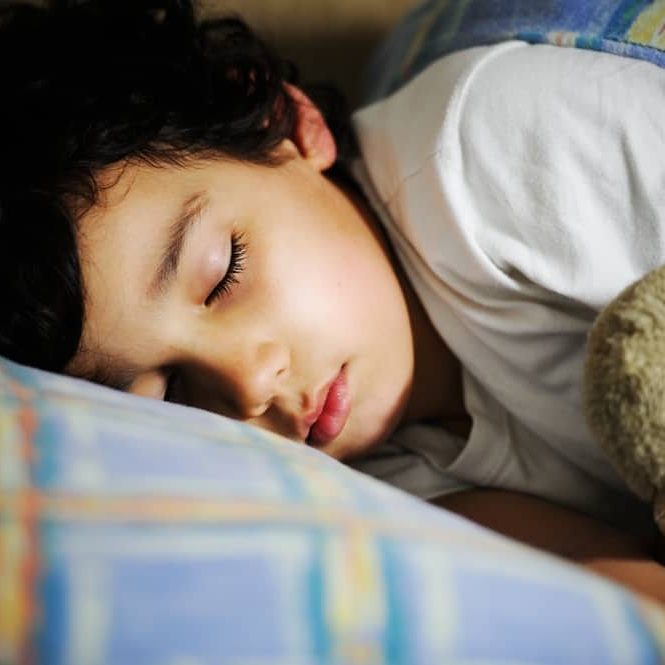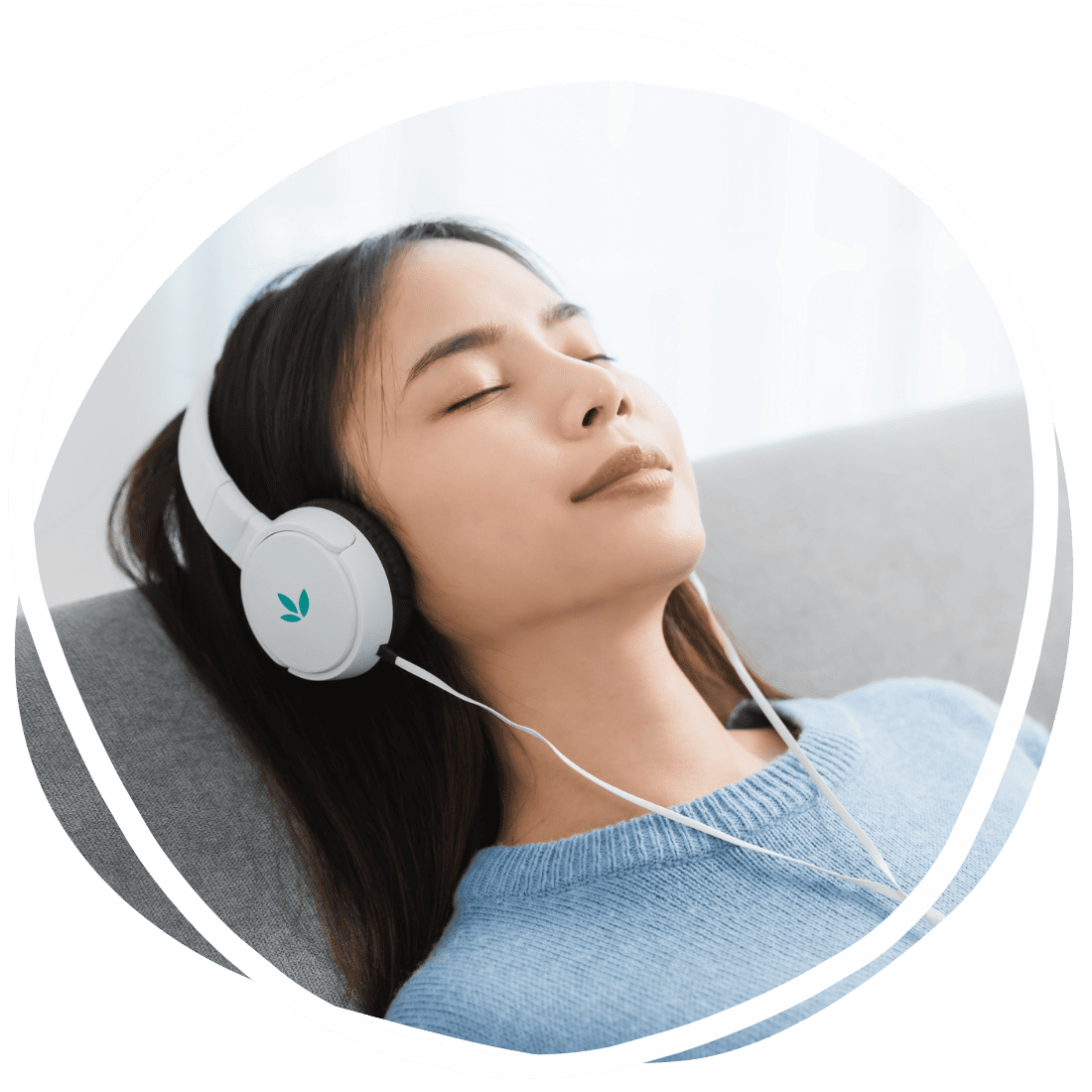Sleep Difficulties
Ahhh… the difference a good night’s sleep makes. You’re more alert, in a better mood, able to learn and feel ready to take on the day. But parents and children alike can experience sleepless nights.
It’s tough to get up in the morning after a poor night’s sleep. You feel tired, foggy-headed, and forgetful. Mood swings, behavioral problems, and lack of concentration may also appear. Studies show the impact of a bad nights sleep can even be dangerous – performing daily tasks, including driving, without good sleep is the same as being drunk.

What are Sleep Difficulties?
Sleep difficulties, also known as sleep disorders or sleep problems, are a common issue experienced by many individuals. Sleep difficulties are conditions that can disrupt the normal pattern and quality of sleep. They can affect people of all ages, from children to adults. There are several types of sleep disorders that individuals may experience. Insomnia is one common sleep disorder characterized by difficulty falling asleep or staying asleep throughout the night. This can lead to feelings of fatigue and daytime drowsiness. Sleep apnea is another prevalent sleep disorder where breathing repeatedly stops and starts during sleep. This disruption in breathing can cause loud snoring, frequent awakenings, and even gasping for air. Restless legs syndrome (RLS) is a neurological disorder that causes an uncontrollable urge to move the legs while at rest. RLS often leads to discomfort and difficulty falling asleep. Narcolepsy is a chronic neurological disorder that affects the brain’s ability to control wakefulness and sleep cycles.
What Causes Sleep Difficulties in Adults?
There are several reasons why people may experience sleep difficulties. Disrupted sleep patterns can be caused by various factors in adults. Stress and anxiety are common culprits that can interfere with getting a good night’s sleep. Lifestyle choices, such as irregular sleep schedules, excessive caffeine or alcohol consumption, and lack of physical activity, can also contribute to disrupted sleep. Certain medical conditions like insomnia, sleep apnea, restless legs syndrome, and chronic pain can significantly affect sleep quality. Additionally, medications for various health conditions may have side effects that disrupt normal sleep patterns. Environmental factors such as noise pollution or uncomfortable sleeping conditions (e.g., an uncomfortable mattress or an overly warm bedroom) can also impact the ability to fall asleep and stay asleep.
What Causes Sleep Difficulties in Children?
Sleep difficulties in children can arise from a variety of factors, including developmental changes and behavioral issues. As children grow and develop, their sleep patterns may naturally change. For example, infants tend to sleep for shorter periods and wake up more frequently compared to older children. Additionally, behavioral issues such as bedtime resistance or anxiety can contribute to sleep difficulties. Some children may have trouble falling asleep or staying asleep due to separation anxiety or fear of the dark. Establishing a consistent bedtime routine and creating a calm sleep environment can help address these issues. Other factors that can affect a child’s sleep include physical discomfort (such as teething or illness), poor sleep habits (irregular bedtimes or excessive screen time before bed), and external factors like noise or disruptions in the household.
How to Manage Sleep Difficulties
Managing sleep difficulties is crucial for overall well-being. There are various strategies that can help improve sleep quality. Establishing a consistent bedtime routine, creating a comfortable sleeping environment, practicing relaxation techniques before bed, and avoiding stimulants like caffeine and electronics before bedtime are some common approaches.
Nervous system regulation plays a significant role in promoting better sleep. Techniques such as deep breathing exercises, meditation, yoga, and mindfulness practices can help calm the nervous system and promote relaxation for improved sleep.
Listening therapy has emerged as a potential solution for individuals struggling with sleep difficulties. This therapy involves listening to specially designed music or sounds that aim to regulate the nervous system and promote better sleeping patterns. The concept behind listening therapy is rooted in the understanding that certain frequencies and rhythms can have a profound impact on our body’s physiological responses. By exposing individuals to specific types of sound, it is believed that their nervous system can be positively influenced, leading to improved sleep quality. Many individuals report experiencing reduced anxiety levels and improved sleep quality after using this therapeutic approach regularly. By leveraging specially designed music or sounds aimed at regulating the nervous system, this therapeutic approach holds promise in promoting better sleeping patterns and overall well-being.
Unyte Health: Listening Therapy to Support Improved Sleeping
Safe and Sound Protocol (SSP)
For children and adults. Guide your clients to consistently feel more connected, in control and regulated.
Pioneered by Dr. Stephen Porges, and based on the Polyvagal Theory, the Safe and Sound Protocol (SSP) is an evidence-based listening therapy that helps shift the nervous system to be more present and regulated while improving client capacity for connection and receptivity to other therapies.
A non-invasive vagal nerve stimulator, the SSP is designed to reduce stress and auditory sensitivity while it regulates the body’s physiological state, improving the ability to relax, unwind, fall asleep, and stay asleep.
Focus System
For children and adults. Improve brain and body organization, and emotional regulation. Used in a broad variety of practices such as Occupational Therapy, Speech Therapy, Physical Therapy, Autism and ADHD Specialities, and more.
A clinical intervention used to improve brain function through brain and body integration via multisensory input. It combines auditory, balance, and movement to create a foundation for learning, attention, processing and behavior.
With the calming, grounding input of bone conduction music, one becomes more connected with the body – more present, which leads to feeling less anxious about what the future might bring. While the Focus System narrows in on specific goals, common outcomes of a Focus System Program include not only being calmer and more optimistic, but also feeling as if there is a solution to any problem that might arise.







 © 2025 Unyte Health US Inc.
© 2025 Unyte Health US Inc.